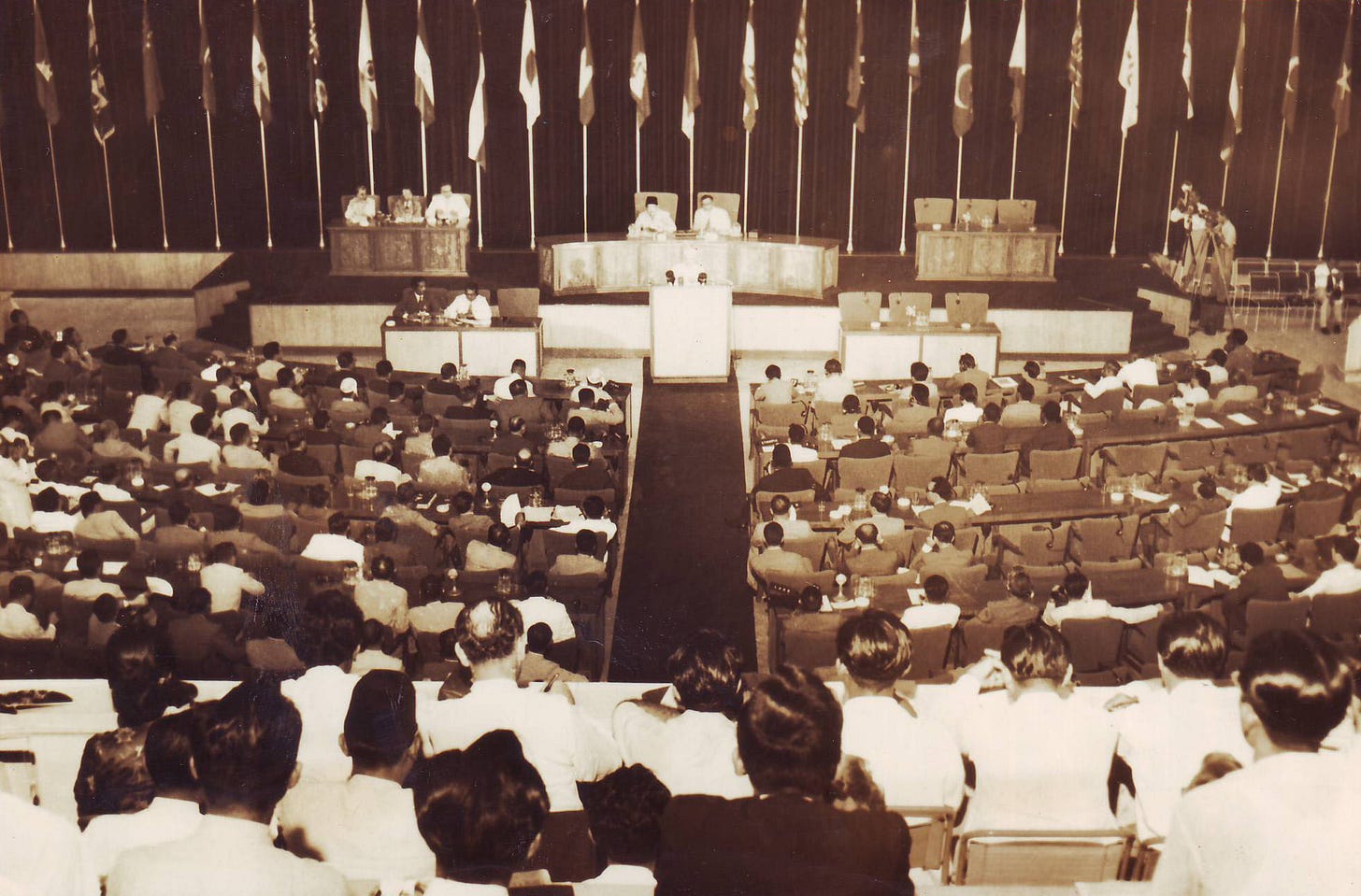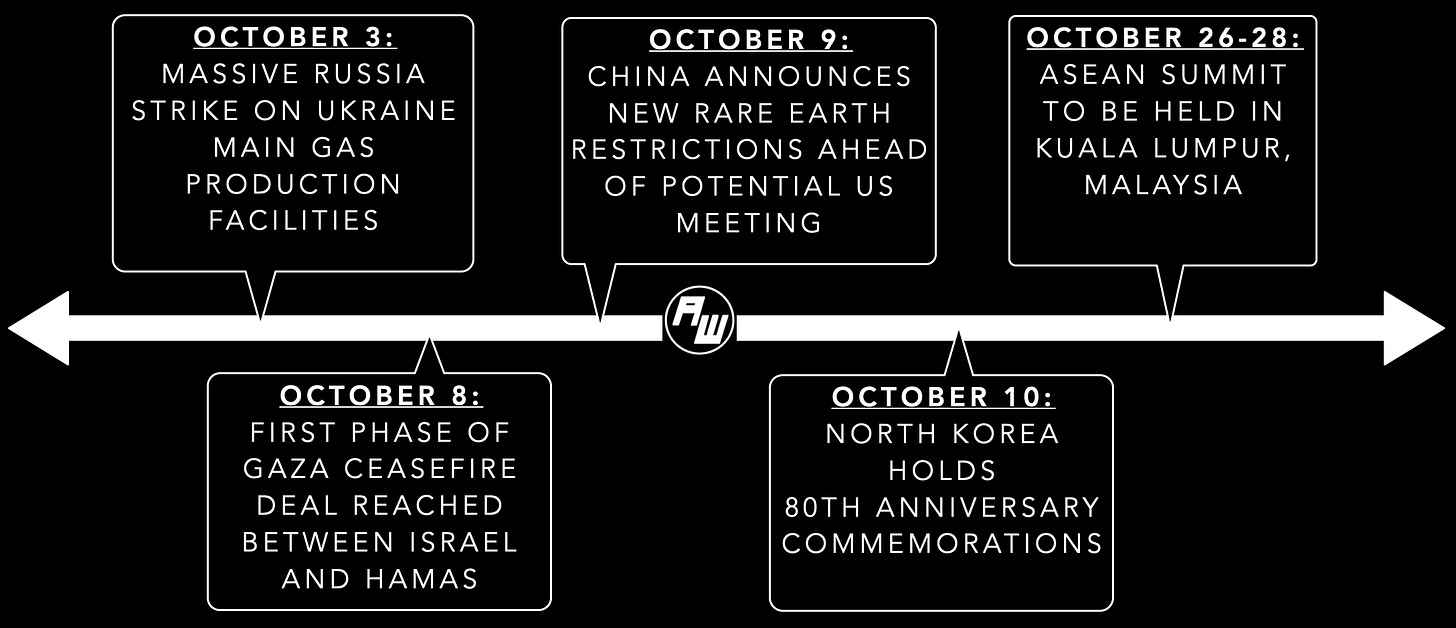Review: Will Nonalignment Work Amid Competition Fears?
New book by ex-officials forecasts future trajectories for nonalignment conceptions in Southeast Asia and beyond amid intensifying great power competition.
A new book by ex-officials forecasts future trajectories for nonalignment conceptions in Southeast Asia and beyond amid intensifying great power competition, with implications for the region and the wider world.
WonkCount: 1,358 words (~6 minutes)
Review: Will Nonalignment Work Amid Competition Fears?
Context
“[M]ultipolarity somehow suggests that we’re going to have a neat movement into the next phase…I’m afraid it’s actually probably going to be a longish, messy, twilight zone with many things happening in many regions,” India’s external affairs minister S. Jaishankar pointedly cautioned in response to a question that followed his keynote address earlier this week1. Jaishankar’s comments belie more simplistic forecasts of the future of world order, which, he argued, is arguably now “partly fragmenting, partly multiplying, partly decaying…at the same time”2. They are also consistent with points raised by some Southeast Asian officials who have repeatedly emphasized the complexities and uncertainties of the current world order and the implications for their own policy outlooks.
Select Major Recent and Future Geopolitical and Geoeconomic Developments
A new book The Non-Aligned World by former officials forecasts the future trajectories for the range of nonalignment conceptions in Southeast Asia and beyond amid intensifying great power competition3. The book, authored by Jorge Heine, Carlos Fortin and Carlos Ominami, is the latest in a series of works that explore the intersection of more multipolar conceptions of world order beyond more bipolar U.S.-China conceptions, including ones we have recently reviewed here on ASEAN Wonk. The Non-Aligned World argues that far from being a theoretical notion, the path of nonalignment is already recognized by some leaders as paying dividends in the current environment, with regions like Southeast Asia being “Exhibit A” in the advantages that could accrue from such an approach4. “[G]reat power competition not only need not be an unsurmountable obstacle for weaker states to thrive…it actually offers real opportunities to do so,” the book notes after outlining key pathways and futures through which this can be accomplished in the coming years5.
Analysis
The book also forecasts future policy pathways to watch in the coming years and their wider regional and global implications (see originally-generated ASEAN Wonk table below for a summary of these critical areas, along with major policy cooperation areas and key domains. Paying subscribers can also read the rest of the “Analysis” section and “Implications” section looking at how these dynamics play out in the future).





